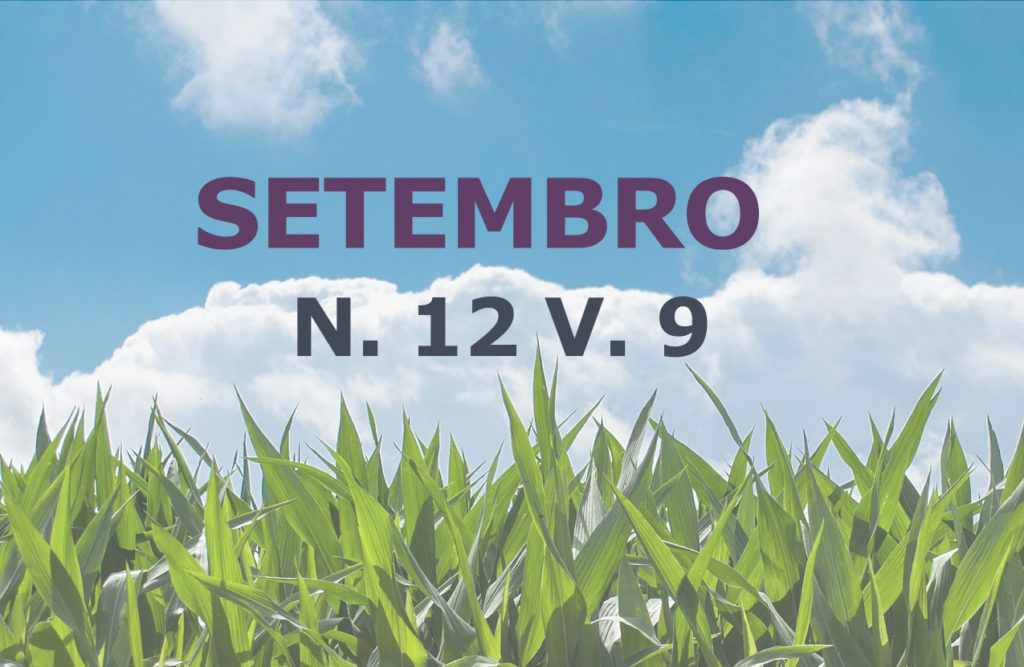The ornamental fish business of catfishes (Loricariidae-Siluriformes) at Santarém/PA
DOI:
https://doi.org/10.31533/pubvet.v12n9a176.1-7Keywords:
aquarium, productive chain, exploitation, Tapajós riverAbstract
In Brazil, the trade of ornamental fish from freshwater environments still relies on the essentially extractive activity, largely in the Amazon region. The Pará State is one of the major Loricariidae ornamental fish supplier, especially with the Xingu and Tapajós river basins. In the present study, we analyzed the Loricariidae ornamental fish trade from the Tapajós River, marketed by companies operating at Santarém city. The raw data were compiled from the official documents: Animal Transport Guides (GTA) and Fish Transit Guides for Ornamental and Aquarium Fisheries (GTPON), covering a period from January/2013 to December/2016. Were sold 136.705 fish units, which yielded the gross income of R$ 365.013,80. The species Baryancistrus sp. (LDA33), Hypancistrus sp. (L260), Pseudacanthicus sp (L273) and Peckoltia compta (L134) were the most productive and economically profitable, accounting for 59.6% of the gross income in the period from January/2013 to December/2016. The ornamental fish production of Santarém/PA resulted from the extractive artisanal fishing and was almost fully sold into the Brazilian market. Since there is still scarce literature about the ornamental fishery in the Tapajós basin, these results are important for the understanding of the local productive chain.
Downloads
Published
Issue
Section
License
Copyright (c) 2018 Albino Luciano Portela de Sousa, Luan Aércio Melo Maciel, Luís Reginaldo Ribeiro Rodrigues

This work is licensed under a Creative Commons Attribution 4.0 International License.
Você tem o direito de:
Compartilhar — copiar e redistribuir o material em qualquer suporte ou formato
Adaptar — remixar, transformar, e criar a partir do material para qualquer fim, mesmo que comercial.
O licenciante não pode revogar estes direitos desde que você respeite os termos da licença. De acordo com os termos seguintes:
Atribuição
— Você deve dar o crédito apropriado, prover um link para a licença e indicar se mudanças foram feitas. Você deve fazê-lo em qualquer circunstância razoável, mas de nenhuma maneira que sugira que o licenciante apoia você ou o seu uso. Sem restrições adicionais
— Você não pode aplicar termos jurídicos ou medidas de caráter tecnológico que restrinjam legalmente outros de fazerem algo que a licença permita.





